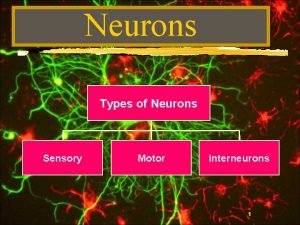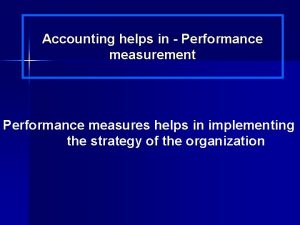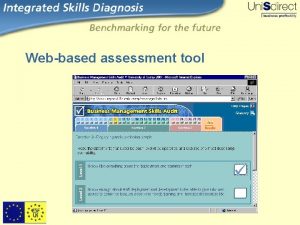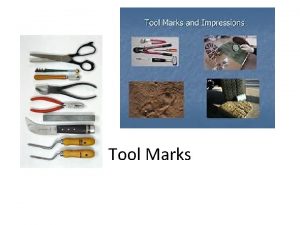Systems Structures Assessment Tool Systems Structures Assessment Helps







- Slides: 7

Systems & Structures Assessment Tool: Systems & Structures Assessment - Helps the team display the Systems and Structures practices that are critical in changing the behavior of those affected by their project. It should be accompanied by actions to keep or enhance the practices that help and change those that will be an obstacle. Impact High Action Planning What do we need to change/add/delete within our Systems and Structures? System or Structure Staffing Development Med. St Tr Me Inf Re ai C De ing ning asu omm sign orm sou r ati rc e un ing & e o De s & Re icat Org n Sy Allo ve ste ca wa ion an lop iza rd ms tion me s tio nt ns aff Uses: 1. 2. Measurements & Reward 1. 2. Communication 1. 2. Organization Design Low How should we use or modify to support vision and objectives? Information Systems Resource Allocation 1. 2. Helps the team think about current practices in the each of the elements of the Systems and Structures (Staffing, Development, Performance measurements and Rewards…) and what changes may need to be made. It provides a starting point for an action plan Part 3 - 1 to maintain those practices that “help” the project and change those that “hinder”

Systems & Structures Cultural Assessment Tool: Using the following responses choices, please indicate what would be most likely to happen if you were to do each of the actions described below: Rewarding Performance 1 = the action would usually bring reward or approval 2 = the action would probably bring neither approval nor disapproval 3 = the action would probably bring punishment or disapproval 4 = responses to this action is unpredictable, ranging from approval to disapproval a. coming up with and trying out new, untested ideas b. Exceeding your authority when necessary to get the job done c. Bending the rules when necessary to get the job done d. Violating the chain of command when necessary to get the job done e. Going along with the boss even when (s)he’s wrong f. Always going along with the majority view g. Presenting your boss with an unpopular point of view h. Sharing information with other units and departments I. Keeping information from other units and departments j. Achieving your group’s goals at the expenses of other groups k. Setting very easy goals and then making them l. Maximizing short-term bottom line at the expense of long term bottom line m. Pending money in the short term that will payoff latter n. Achieving your volume and budget objectives, but at the expense of product or service quality Steps: 1. Complete assessment individually 2. Capture results as a group. 3. Discuss areas where the team assesses improvements need to be made 4. Build an Action Plan Part 3 - 2

Systems & Structures Rewards & Measurements Tool: Rewards & Measures Assessment - This tool helps the team to assess existing rewards and measures against the behavioral changes needed for the success of the project. More of Less of Existing Measures Existing Rewards Consequences + Immediately Delayed Uses: Used to link work on vision, measures and rewards. This tool can help provide an in-depth examination of how the existing measures and rewards would drive the desired behavior inbedded in the project vision. This can forma a foundation for a detailed plan to revamp the measures and rewards systems. Timing: After the basic project plan and the vision have been developed. This can be used as the team’s first attempt to assess the measures and rewards systems. Part 3 - 3

Systems & Structures Rewards & Measurements Steps: 1. Team reviews the “More of. . . , Less of. . . ” actionable/measurable behaviors list. 2. Against each item on the list, the team identifies whethere are measures or rewards that are related to the particular behavior. If not, the team should consider adding them. 3. Team identifies the consequences of each behavior, positive or negative, immediate or delayed. This will help the team identify what should change in the existing rewards and measures to encourage/discourage the desired/undesired behaviors. Part 3 - 4

Boundary lessness - Audit Systems & Structures Organization Structure Tool: Boundarylessness: Current State Audit - A tool to assess the degree to which the vertical, horizontal and external boundaries have been removed or lessened within the organization, and how these link to the Lean Six Sigma project. Boundaryless Vertic al Uses: Some Examples Question Assessment How well have we removed the vertical boundaries in our organization? Horizont al How well have we removed walls between groups within our business? Extern al How well have we removed barriers between our business, and suppliers, customers, competitors? Primarily used to assess the degree to which organizational boundaries (internal or external) are hampering progress on the project. Helps the team identify boundaries currently negatively impacting progress on the project and assess which can and should be lessened or removed. Part 3 - 5

Systems & Structures Communication Planning Tool: Communication Planning - A simple chart to help teams better understand the channels, content and actions needed for communications. Message (inform, persuade, empower) Uses: Audience Media (written, events, one-on-one, etc. ) Who When / Where Primarily used to help the team develop a detailed communication plan by brainstorming all the key elements. Part 3 - 6

Systems & Structures Communication Planning Tips: It is not uncommon for teams to see communication as "someone else's job" rather than the responsibility of every member of the team. This chart is partly a responsibility charting tool specifying who will be responsible for each piece of the overall communication plan. Steps: 1. Team members review the various Communication Channels (from CAP materials). 2. Complete the chart individually or as a team to brainstorm actions that need to take place and the detailed plan to each action. 3. This chart can be used at each step of the CAP process. Part 3 - 7
 Potter's wheel data cleaning tool
Potter's wheel data cleaning tool Analogous structures
Analogous structures History helps us understand people and society
History helps us understand people and society Organizational method in speech
Organizational method in speech Fatty casing that helps speed neurotransmission
Fatty casing that helps speed neurotransmission Mcdp 1 states that trust between marines
Mcdp 1 states that trust between marines Hibernation is an adaptation that helps animals to _______.
Hibernation is an adaptation that helps animals to _______. What do churches do to help the community
What do churches do to help the community













